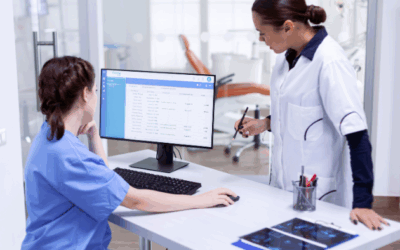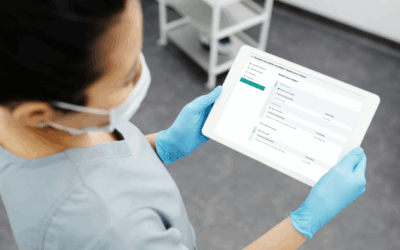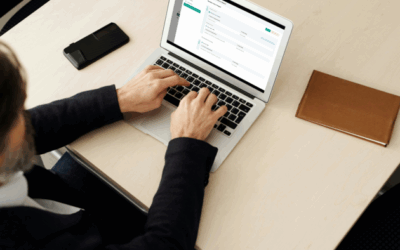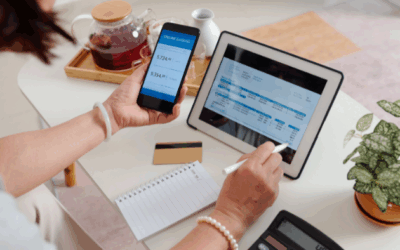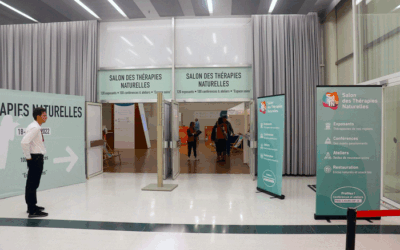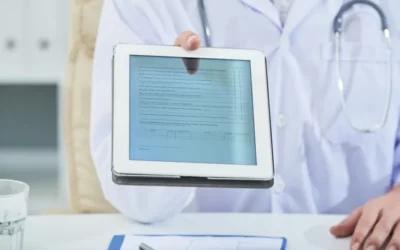Blog
Explorez les dernières actualités et tendances pour les professionnels de santé en Suisse 
OneDoc Pro Blog
Search
Recent Posts
- How does the listing of healthcare professionals work on OneDoc?
- The tariff navigator in physiotherapy: Understanding and applying KVG tariffs with ease
- Simplify the organization of your aesthetic medicine care with professional-equipment step-by-step appointments
- Optimize the organization of your medical practice with general practitioner–medical assistant step-by-step appointments
- Relocating Your Medical Practice: How to Ensure a Smooth Transition While Maintaining Profitability
Categories
- All specialties 50
- Complementary therapists 10
- Dental hygienists 4
- Dentists 6
- General practitioners 4
- Gynecologists 2
- Hospital 1
- Imaging center 1
- Independent practice 6
- Laboratories 1
- Medical center 2
- Nursing 1
- Ophtalmologists 3
- Pediatricians 1
- Pharmacy 2
- Physiotherapists 8
- Psychologists 3
- Specialists 1

